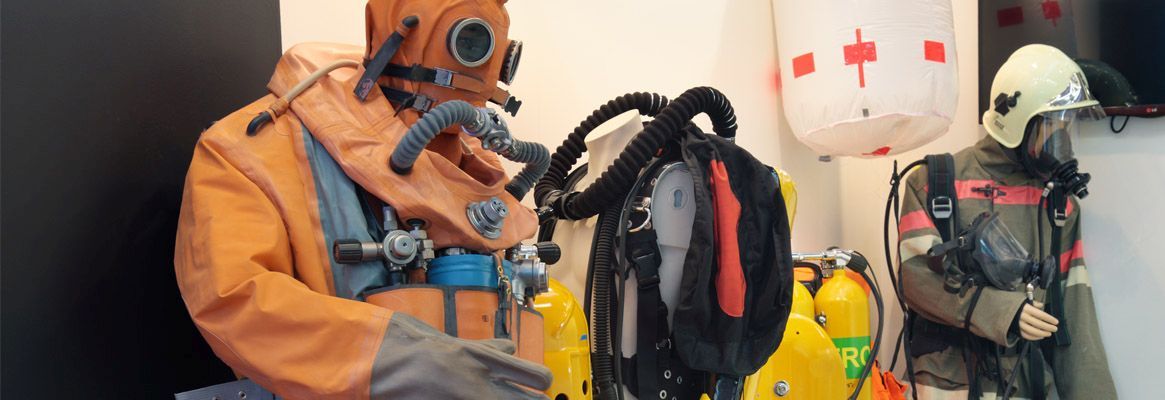Nonwovens & AdvancedMaterials Laboratory
Texas Tech University, USA
India
After a few years indiscussion and making, government of India on January 20th Jan 2011 officiallylaunched Technological Mission on Technical Textiles (TMTT) in an event jointlyorganized by the Ministry of Textiles and the Federation of Indian Chambers ofCommerce and Industry (FICCI) in New Delhi. This national program puts India on a pedestal as to my understanding; no other country has created such a nationallysignificant mission to boost the growth of value-added textiles. This nationalproject is mission oriented and is aimed at imparting practical knowledge inspecialty textiles and provides marketing support for entrepreneurs.
Technical Textiles in India:
In India, technical textiles sector is estimated to grow ata rate of 10-11%, whereas, globally, the growth is estimated at 3-4%. Thegrowth in India has happened predominantly due to the efforts of the governmentof India for the past five years. I was privileged to be part of the earlyefforts and awareness programs conducted by the Ministry of Textiles, India in the year 2005. Ever since, the government has supported a number of awarenessprograms and workshops throughout India. Many national and international tradebodies and institutes such as the USA based Association of the Nonwoven FabricsIndustry popularly as INDA, Brussels based European Disposables and NonwovensIndustry Association (EDANA) and FICCI. Along these lines, Lubbock, USA based Texastech University has been playing an important role in creating greaterawareness and developing international linkages to boost the growth ofnonwovens and specialty fabrics industry. Texas Tech University began itseffort in India in the year 2004 with this author taking efforts to create aninternational conference to create more knowledge in technical textiles. Theconference HPTEX-2004 was developed as a collaborative endeavor between Texas Tech University, USA and the Coimbatore based Kumaraguru College of Technology. Thisconference attracted many international and national experts in the field ofadvanced textiles and paved the way for awareness programs in technicaltextiles in South India. This conference has grown in stature now and is a recognizedevent in the field of specialty textiles and is known as "Advances in Textiles,Machinery, Nonwovens & Technical textiles," commonly referred to as ATNT.This conference played the pivotal role in bringing the USA based INDA to India for the first time in 2006. In fact, in 2006, I had the distinct privilegeof inviting Mr. Ian Butler of the Association of the Nonwoven Fabrics Industryto India. Ian is responsible for the industry statistics at INDA. When he madethe presentation at the international conference hosted by Texas Tech University in Coimbatore, his estimate on Indias nonwoven roll good production wasabout 30,000 to 40,000 metric tons. India's roll good nonwoven production nowstands over 100,000 metric tons. India has tripled its production in 3 years.Mr. Butler of INDA witnessed firsthand India's eagerness to get into a new sector within the textiles industry.
into a new sector within the textiles industry. Within a year after that event INDA officially organized its first ever nonwovens workshop in Mumbai in January 2007. Over two hundred participants attended the event for which I was the tutor. Ever since, I have been tutoring the INDA nonwovens training workshops in India. Bangalore based TecniTex Nonwovens, Pvt. Ltd., offers these training programs with license from INDA. Thirteen such workshops have been offered in various cities such as Mumbai, Coimbatore, Surat, Bangalore and Kolkata. The government sponsored various sector-wise awareness programs and other related conferences by INDA, Texas Tech University and FICCI have generated general understanding and awareness on nonwovens and specialty textiles. The need for diversification of the cotton spinning and garment sectors into value-added segments is now well understood by the stakeholders. This has been possible due to the plethora of training workshops, seminars and conferences in technical textiles. What is needed now? Timely and useful knowledge on: a) practical know-how and b) marketing is the need of the hour. The technological mission on technical textiles is aimed at these aspects.
Technological Mission on Technical Textiles (TMTT):
TMTT with a budget outlay of Rupees 200 crores for a period of five years (2010/11 to 2014/15) has two mini-missions. Mini-mission I is aimed at boosting the know-how on technical textiles via different means. According to government, the objectives of mini-mission I include standardization, creating common testing facilities, indigenous development of prototypes and resource centers with I.T. infrastructure. Mini-mission II supports market development activities.
Under Mini mission I, government of India will establish four Centers of Excellence (CoEs) which will focus on: 1) Nonwovens; 2) Composites; 3) Indutech and 4) Sportech. Each center will have a maximum allocation of Rupees 24.5 crores. Each will have a ceiling of Rupees 20 crores for capital equipment, Rupees 2 crores for training facilities and Rupees 3 crores towards recurring expenses for employing scientists and consultants over a period of 3 years.
TMTT: Hits and Misses
- Prioritizing technical textiles by forming a national mission is an important milestone in the growth journey of technical textiles sector in India.
- India has taken a leadership role in creating the mission, which to my knowledge no other country had done heretofore.
- The mission has rightly put emphasis on: a) practical know-how and knowledge transfer and b) marketing.
- TMMT is creating awareness and interest among stakeholders, which will boost this sectors growth.
Although, the TMTT is a positive step, it is necessary to put emphasis on two aspects of the technical textiles sector. They are: 1) converting sector and 2) chemical finishes and
application. TMTT at this present stage has overlooked these two important sectors. So far, government has emphasized the importance on product based centers such as agrotextiles, protective textiles, geotextiles, medical textiles, sportech and indutech. Only through the TMTT, government has realized the need for process oriented centers such as nonwovens and composites. It is important to enhance the technical know-how on processes which can be used to develop specialty textiles. Such an endeavor is important to create more opportunities in the technical textiles sector. The government in the next phase of TMTT should emphasize the importance of process oriented centers as a means of diversifying the textile industry.
Overall, launching the TMTT is of significance to the Indian textiles industry. Developing the converting sector that can create more small and medium sized enterprises should be an important task. Converting sector will be the engine for job creation and will grow the Indian textile industry.




_Small.jpg)



